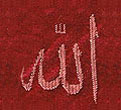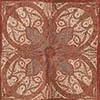|
|
||||||||||||||||||||||
| |
|
|
|
|
|
||||||
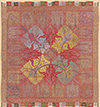 2208 |
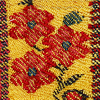 2272 |
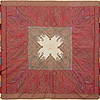 2355-Sold |
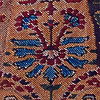 1826 |
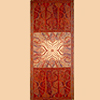 2369-Sold |
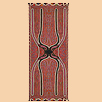 2465 |
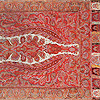 2592 |
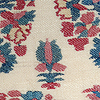 2613 |
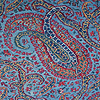 2622-Sold |
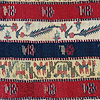 2763 |
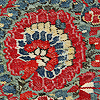 2766-Sold |
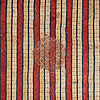 2768-Sold |
Antique Kashmiri Shawl.This is one of the great masterpieces of the early 19th century Size 42" x 13" Top Image is Detail Excerpt from Heritage of Kashmir
|
Antique Long Kashmiri Shawls
 |
|||
| ||||
The products of shawl-looms of Cashmere have given it a world-wide
reputation. The wool of which these shawls are made is furnished
by several animals, the wild goat of the provinces of Lassa and
Ladakh, affording the best. It is simply the inner coat that is
used. The first step is to carefully separate this from the hair.
This is then spun by the women, a work which engages a proportion
of the women of Cashmere. The skins are next dyed; and in this art,
the Cashmerians display much taste and skill in producing beautiful
and brilliant tints. The weavers are always men or boys, and were
generally found from twenty to fifty crowded in a small room, three
or four being engaged at each loom. The warp is extended in the
loom as though the wool were to be introduced by a shuttle; but
instead of a shuttle, several hundred slim, wooden needles, each
wound with a small amount of thread, are employed. With a sort of
Hieroglyphic pattern before his eye, indicating the color of the
thread to be used, the weaver passes these in rapid succession,
according to the color required, through one or more threads of
the warp. |
||||
| Back to top |
|
||||||||||||||||||||||||||||||||||||||||||||||||||||
